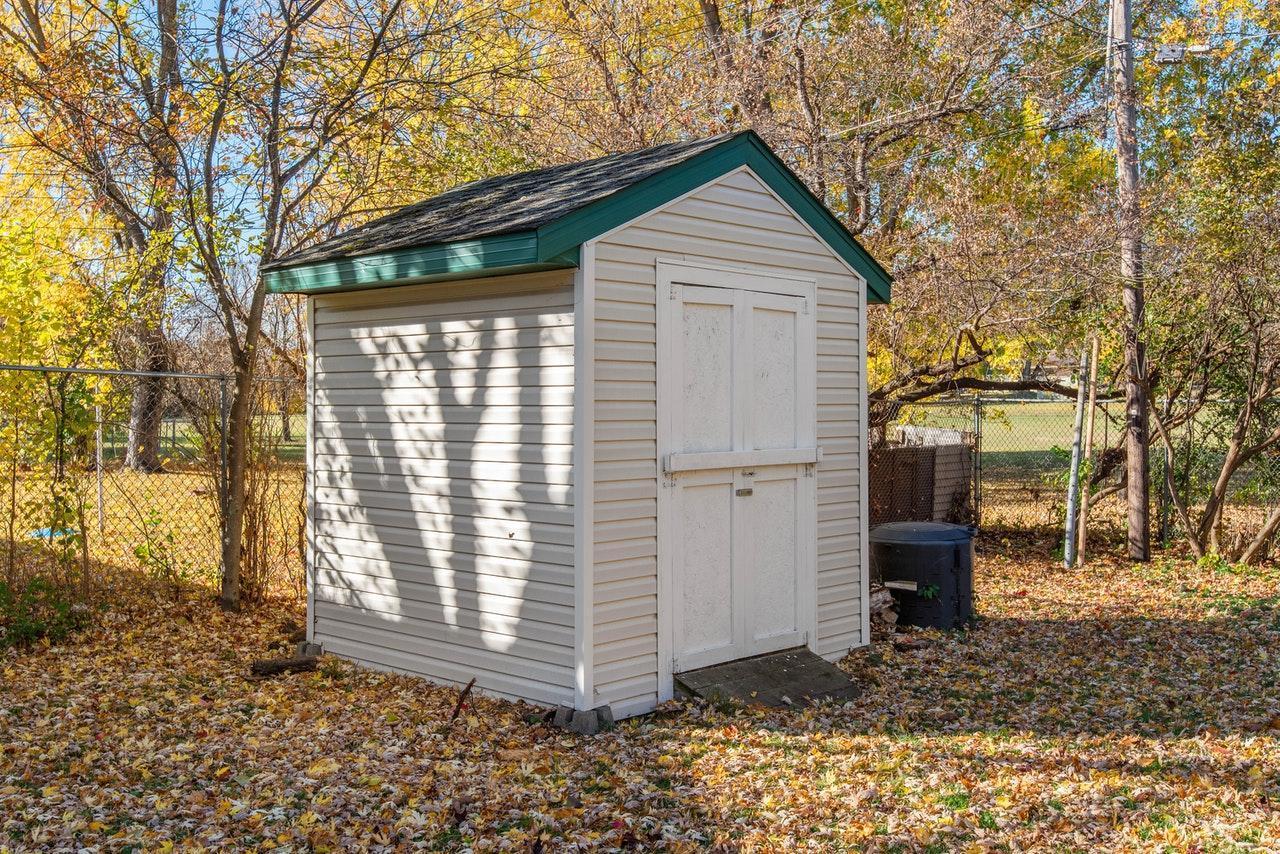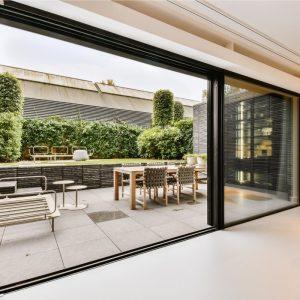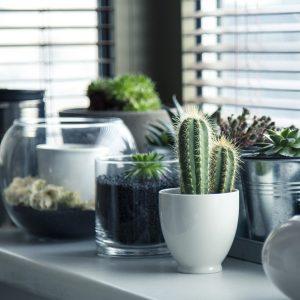Table of Contents
These days, everyone is thinking about how they can add more space, or just get some time alone. As a result, the pandemic has led to a boom in the shed and ADU (accessory dwelling unit, such as a backyard cottage) markets. If you’ve been thinking about adding a shed for overflow storage, or extra living space, you are not alone.
The range of prefab units of all sizes for backyards has grown exponentially as shed manufacturers have seen the demand skyrocket. The cost to build a shed for overflow storage, a living space, or maybe even a home office — will depend on just how fancy you want to go as well as the square footage you have in mind. Before you get overwhelmed with the multitude of options out there, the real estate experts at HomeLight, as well as some shed-building sites have broken down some of the basics so you can get an idea of what you are getting into with this type of home addition.
What type of shed do I need?
If you know you want to add more space, but just aren’t sure what you want to use it for yet, you’ll want to consider the various types of sheds. A storage shed can store gardening tools, sports equipment, or even items you might store in a garage. You may want to consider insulation and how well-protected the shed will be from the elements depending on what you’ll be storing.
Other sheds might be for a playroom, office, workout area, or just an extra room for relaxing. If that’s the case, you’ll probably want it to be climate-controlled and add electricity. Insulation, carpet, and other furnishings will all be a must for these upgraded sheds where you can spend a significant amount of time.
What’s the ideal size of shed for overflow storage?
The size of shed you pick will depend on how much space you have to work with, or how much land you decide to clear to make way for the shed. The average cost to clear the land before building a shed ranges from $1,300 to $4,400. After you determine how much space you have to work with, you can consider the options and how much your shed might cost.
How much will it cost?
HomeAdvisor has done a breakdown of how much it would cost to build a shed by gathering millions of project costs from homeowners across 10,000 cities and towns in the US. The numbers for your own shed will depend on the size and material used. However, to get a sense of home much you might be spending, here are some basic numbers:
The average cost to build a shed: $2,500
Average cost per square foot: $15-$150
Low- to high-end cost range: $200-$30,000
As you can see, a shed can really vary in price depending on what you need it to do for you. Other than square footage, the factors that can take your shed from the lower- to the higher end of the price range are materials. The breakdown of the average costs is as follows:
Resin: $1,000
Metal: $4,500
Wood: $6,000
Brick: $24,000
Which material you go with will depend on your needs for the shed and how long you want it to last?
What materials can I consider?
Resin: Vinyl or resin is a convenient option for a shed because of its affordable price point and ease of making it an addition to your home. While these sheds are weather resistant and can hold up to rust and rot, they can fade over time and can’t be repainted, meaning they may not be a long-term investment.
Metal: If you want to get your shed up quickly then metal can be a good choice. Metal is not only durable it is also low-maintenance and easy to install. Because it’s lightweight you may not need to hire a lot of help to get your shed installed and ready to use.
Wood: The advantage of wood is that you can paint it to match your home or any other color that you’d like. However, it will require maintenance to keep it looking its best year after year. If you want to create a shed that is more like a tiny house with windows, a door, and electricity, then wood may be the way to go.
Brick: If you pick brick, you will not only have an expensive shed but one that is time-consuming to construct. If you just want a shed for storage, it is likely not worth the time and money when another type of shed could get the job done more efficiently. A brick shed could withstand the elements better than wood and brick will also have built-in sound insulation and can give you that cottage appeal.
Do I really need electricity?
Before you pick the material for your shed, you’ll want to think about the features you need inside. If it truly will be an extension of your home, then you’ll want to pick a durable material that will allow you to add electricity, and keep in mind that according to HomeAdvisor, the price to install electrical wiring or an electrical panel can range from $600 to $2,200. You also may need to get a permit if you are building a shed with a foundation and other more permanent features. Permits could cost in the hundreds or more.
Like any home upgrade, adding a shed requires some advanced planning and research — especially if you want to make it a permanent fixture of your backyard. Knowing your goals can help you select the right size, materials, and features that can satisfy everything you might need from a shed.



